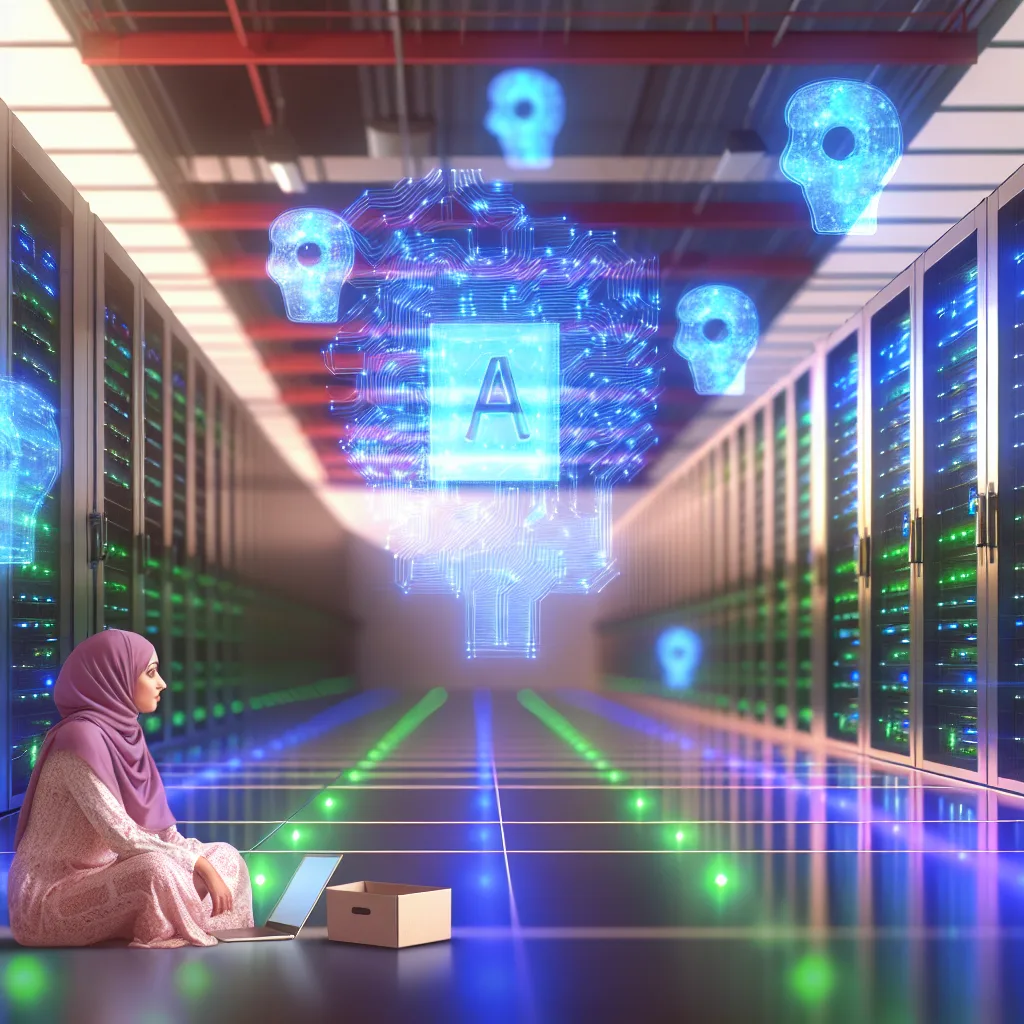Exploring the sustainability challenges of AI and our growing reliance on these technologies
Lately, when I think about AI, it’s not just about robots or jobs being replaced—it’s the whole AI energy impact thing that really gets me. We hear so much about the cool new features and smarter models, but very little about the massive energy these systems gulp down. It makes you wonder: can we really keep this up? And what if we can’t? What happens to us then?
Why AI Energy Impact Matters
Big AI models don’t run on thin air. They need enormous data centers, packed with powerful computers that work nonstop. Cooling all that hardware means using tons of water and electricity. Companies are building bigger and bigger data centers because the demand just keeps climbing. That’s why thinking about AI energy impact is not just technical fluff; it’s about real-world limits—energy grids, water resources, and sustainability.
I read that some of these data centers can consume as much electricity as a small city. For example, Google continuously improves its data centers to be more energy efficient, but the scale is massive. The same goes for Microsoft and Amazon, which keep expanding their cloud infrastructure.
Our Growing Dependence
On top of the energy side, we’re leaning on AI more than ever. I mean, from drafting emails, planning trips, answering random questions, even entertaining ourselves—AI is becoming a daily helper. And that’s where the concern about dependency comes in.
Imagine if, due to energy shortages or policies, some AI services got turned off or limited. What would that do to us, especially those who have come to rely on AI for basic tasks? It’s a bit like suddenly pulling away a crutch when you’re just learning to walk. Could we be left struggling, functioning on a kind of “zombie mode”? It’s a scary thought, but worth considering.
Facing the Sustainability Challenge
So, what can be done? Raising awareness about AI energy impact is a start. Encouraging more sustainable designs, investing in renewable energy for data centers, and having honest conversations about how much AI we actually need will help.
Also, we should keep practicing and teaching skills that don’t rely on AI so we don’t lose touch with basic abilities. As the International Energy Agency points out, data centers account for a significant chunk of global energy use, but with smart choices, the impact can be managed.
Wrapping It Up
It’s easy to get caught up in how AI makes life convenient or exciting, but we can’t ignore the AI energy impact and dependency risks. Balancing innovation with sustainability and self-reliance will be key to making sure AI benefits us without burning out our resources or our brains.
If you’re curious about this, learning more about how data centers work and how energy is used can give you a clearer picture. It’s a big topic, but an important one for all of us who live in a world increasingly shared with AI.
For more on data center efficiency and sustainability, here are some useful links:
– Google Data Centers
– International Energy Agency Report on Data Centers
– Microsoft Sustainability
Feel free to share your thoughts! It’s a conversation worth having.
